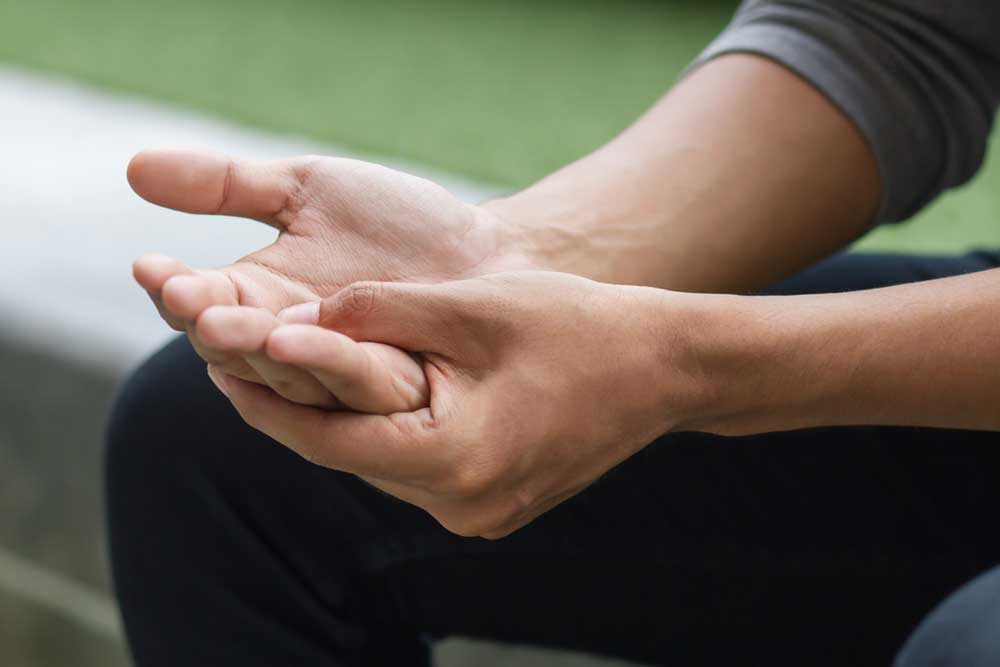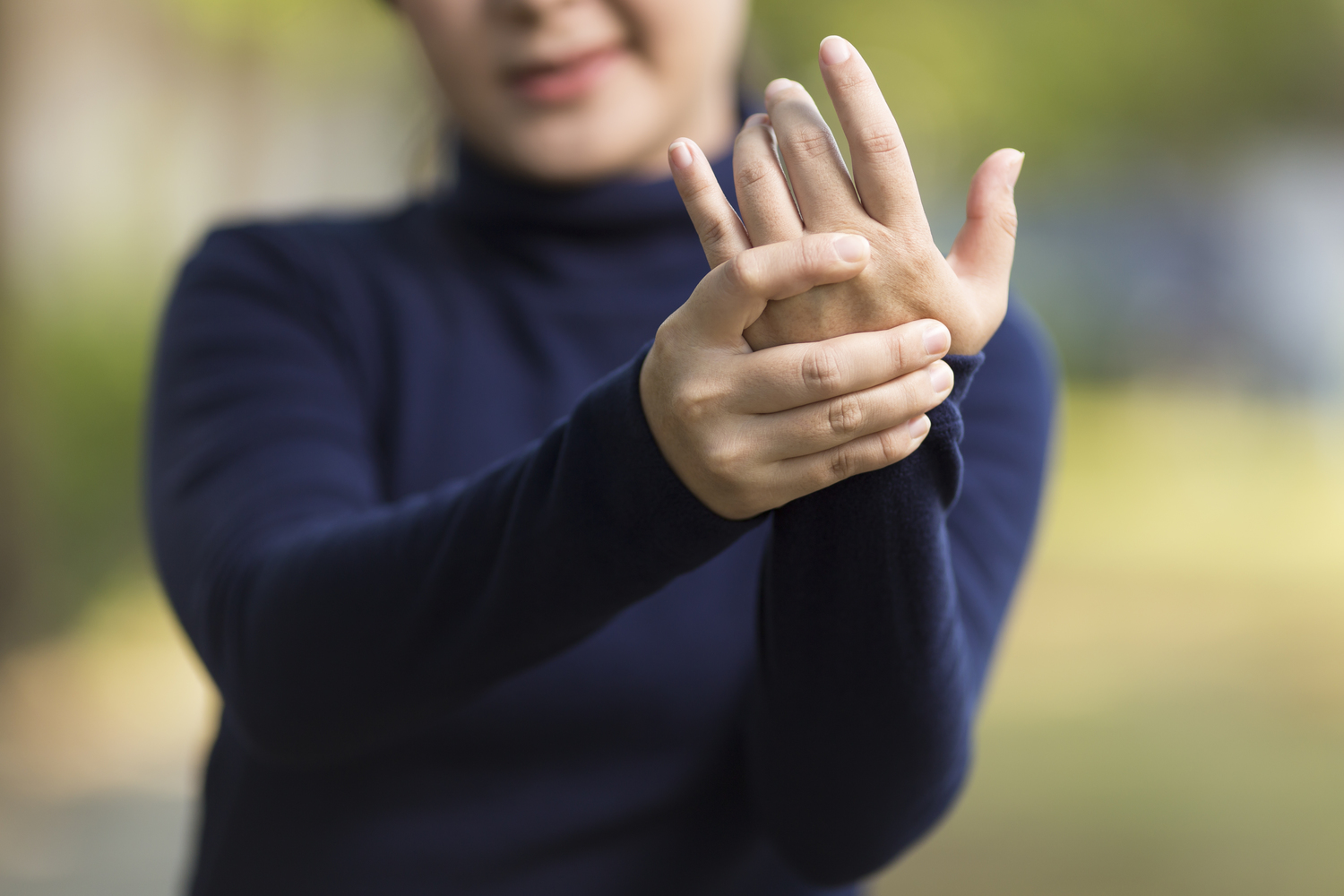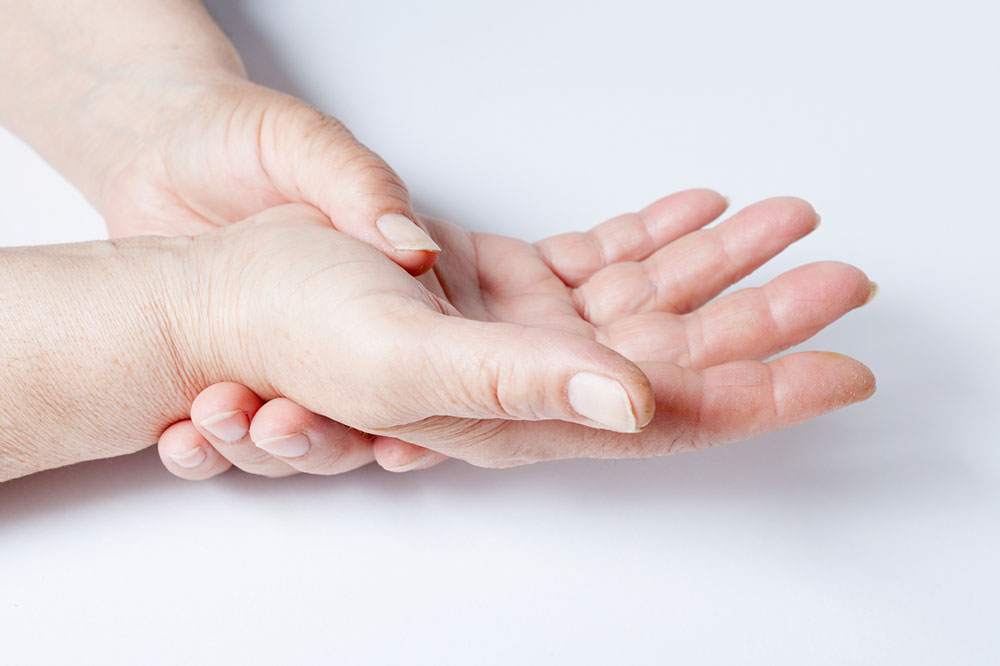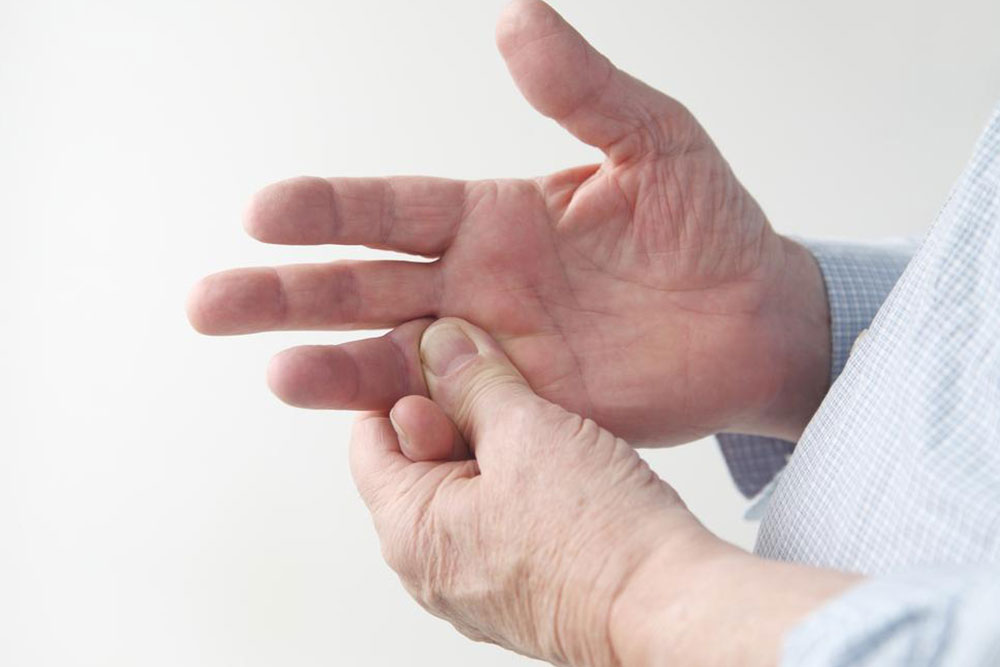Understanding Trigger Finger: Types, Causes, and Prevention Strategies
Learn about trigger finger, its types, causes, symptoms, and effective prevention strategies. This guide covers how repetitive motions, inflammation, and health issues contribute to trigger finger and offers practical tips to reduce its impact. Ideal for individuals experiencing finger stiffness or pain, and for those in professions requiring repetitive hand movements, the article provides valuable insights into managing and preventing this condition.
Sponsored
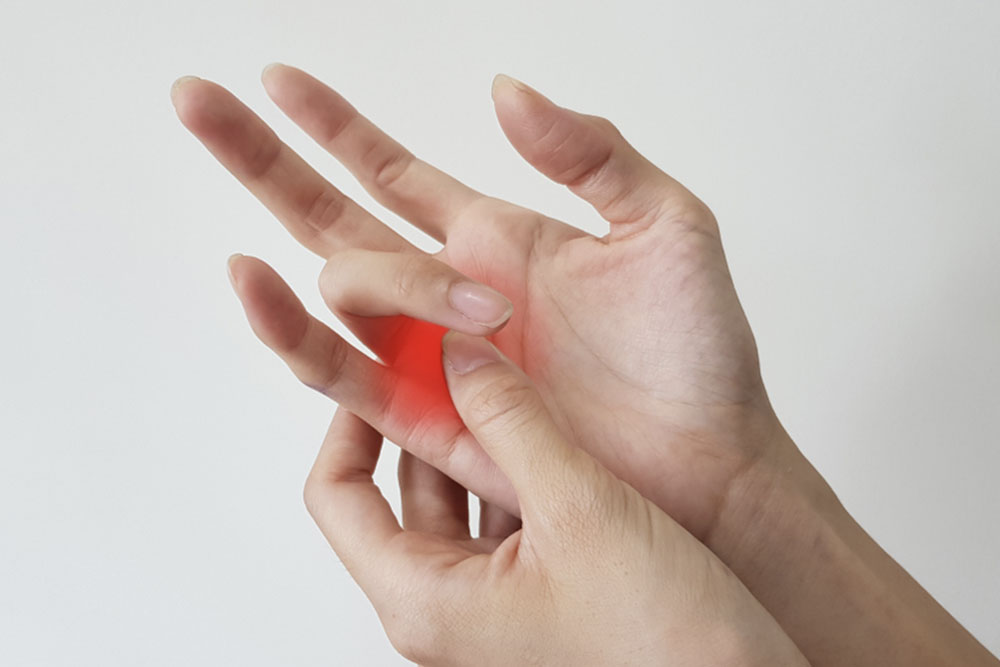
Trigger finger, medically known as stenosing tenosynovitis, is a condition where a finger or thumb becomes stuck in a bent position and then snaps straight, resembling pulling a trigger. This occurs when the tendons controlling finger movement cannot glide smoothly through their sheaths. The severity of trigger finger varies, affecting any finger including the thumb. It ranges from mild discomfort to severe immobilization.
Types of trigger finger
Primary trigger finger: Resulting from inflammation and thickening of the tendon's protective sheath, causing obstruction during movement.
Secondary trigger finger: Caused by underlying health issues such as gout, diabetes, or rheumatoid arthritis, which induce tendon sheath inflammation.
Causes of trigger finger
Triggers for trigger finger stem from internal finger structures including tendons, muscles, and bones. Repetitive use, inflammation due to infections, or formation of nodules (lumps) can hinder tendon movement, causing fingers to stick or lock. Morning stiffness and localized swelling are common symptoms.
Although exact causes are unclear, factors like repetitive motions, age, infections, and genetic predispositions contribute. Overuse weakens tendons, while inflammation from infections or continuous movement irritates tissues, leading to trigger finger. Bilateral and multiple trigger fingers may occur due to conditions like amyloidosis, injury, or genetic factors.
In children, trigger finger typically affects the thumb, often due to congenital issues or injury. In advanced cases, surgery might be necessary to restore normal movement.
Prevention and management
Reducing overuse by limiting repetitive finger motions, practicing finger exercises, and resting can decrease triggers. Strengthening muscles through activities like squeezing a sponge or using clay supports finger health. Applying ice packs can relieve inflammation or pain. For those with degenerative conditions like osteoporosis or rheumatoid arthritis, regular finger exercises may help delay or prevent trigger finger.
In conclusion, trigger finger arises from various factors, including repetitive use and health conditions. Proper rest, exercises, and awareness can help manage or prevent this common hand disorder.


